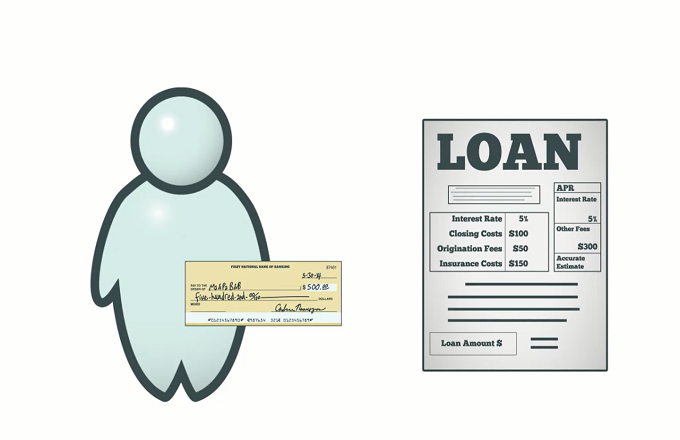Everything About: What Is an Equated Monthly Installment (EMI)?
Susan Kelly
Dec 20, 2023
Introduction
Commonly abbreviated as "EMI," an Equated Monthly Installment is a loan payment paid by a borrower to a lender every month. This payment is regular and occurs on the same day each month. Over a few years, the combined payments of interest and principal that make up the EMI will help pay off the loan. First, let's define some related loan words so you may better grasp what an EMI is. The term "principal" refers to the whole amount of money that is borrowed. The interest you pay on loan is the price you pay for using the lender's money. This loan will be in effect for the specified term. The period could be as short as a few hours or as long as several years. The interest rate you'll have to pay is also set in advance and depends on several variables.
Calculation of Equated Monthly Installment
The principal amount, interest rate, and loan period are needed to determine the monthly payment. A flat rate approach and a reduce-balancing method exist for determining EMI.

Flat-Rate Method
In the flat-rate approach, the interest due is always computed using the initial loan amount, regardless of how much the principal has been repaid. To determine the EMI, add up the loan's principal and interest, divide that total by the number of EMI payments, and the number of months over which the loan will be repaid.
Reducing-Balance Method
The interest due under the reducing-balance approach is determined by the actual amount of principal that is still outstanding, as opposed to a predetermined percentage. This means that the proportion of interest and principal paid back in each EMI will fluctuate as time progresses. As a percentage of the total loan amount, interest payments make up a larger chunk of the EMI at the beginning of the loan's term. Throughout the loan's lifetime, the interest paid will decrease while the principal repayment part of the payments will increase. The reducing-balance strategy is often utilized in mortgages, credit cards, and overdraft services.
How Equated Monthly Installment Works
The period of a loan, together with principal and interest, are all components of an EMI. The size of your monthly payment will be determined by your loan's principal, how long it is for, and the interest rate. Most of your initial payment will go toward interest charges. Nonetheless, more and more of your payments will eventually go toward the principal. Both a reducing-balance method and a flat-rate method exist for determining EMI. Interest is calculated based on the loan's outstanding balance in the reducing-balance EMI, resulting in fewer monthly payments. The principal is used in the flat rate EMI calculation.
Is EMI Good Or Bad?
Unless you view borrowing and interest as bad and paying for items in full as the only "good" alternative, EMI has no intrinsic good or negative qualities. Although it has some drawbacks, EMI can be a useful borrowing tool in some situations. Debt consolidation loans assist customers in managing their finances by breaking down their debt into manageable, consistent monthly payments. They know how much money they owe and how long it will take to pay it off.
Why Does Loan EMI Matter?
The Equated Monthly Installment (EMI) is a method of calculating the fixed-rate loan repayment amount. The predictable nature of EMI payments makes it easier to plan for the future. As a borrower, you can find a lot of useful information from your EMI, including how much interest you will pay each month and how much you will pay in total. A better borrower is what you become with EMI. If you know how much your regular bills will be, you may plan for the future with more assurance.

Conclusion
It would help if you didn't get equated monthly installments or EMI mixed up with anything else. As a rule of thumb, it's a good measure of how long you'll make a loan or mortgage payment each month. The calculation of an EMI is similar to that of a monthly fixed mortgage payment; however, there are exceptions to this rule, and other methods can be employed. The borrower's credit score may be hit if the EMI isn't paid on time. If a consumer misses an EMI payment only once, the bank will likely send a reminder before labeling them a defaulter. If a customer does not react to the bank's reminders, the bank may issue a notification and charge a late fee.







